World View: Letter from Mexico
The World View series shines light on the creativity and resilience of designers around the world as they confront the challenges wrought by the Covid-19 pandemic. Working with our international contributors, we reach out to creative talents to ponder the power of design in difficult times and share messages of hope. Reporting from Mexico, writers James Burke and Molly Mandell examine the ways in which designers are supporting local makers and elevating traditional craft, avoiding distractions and focusing on the things that matter most.
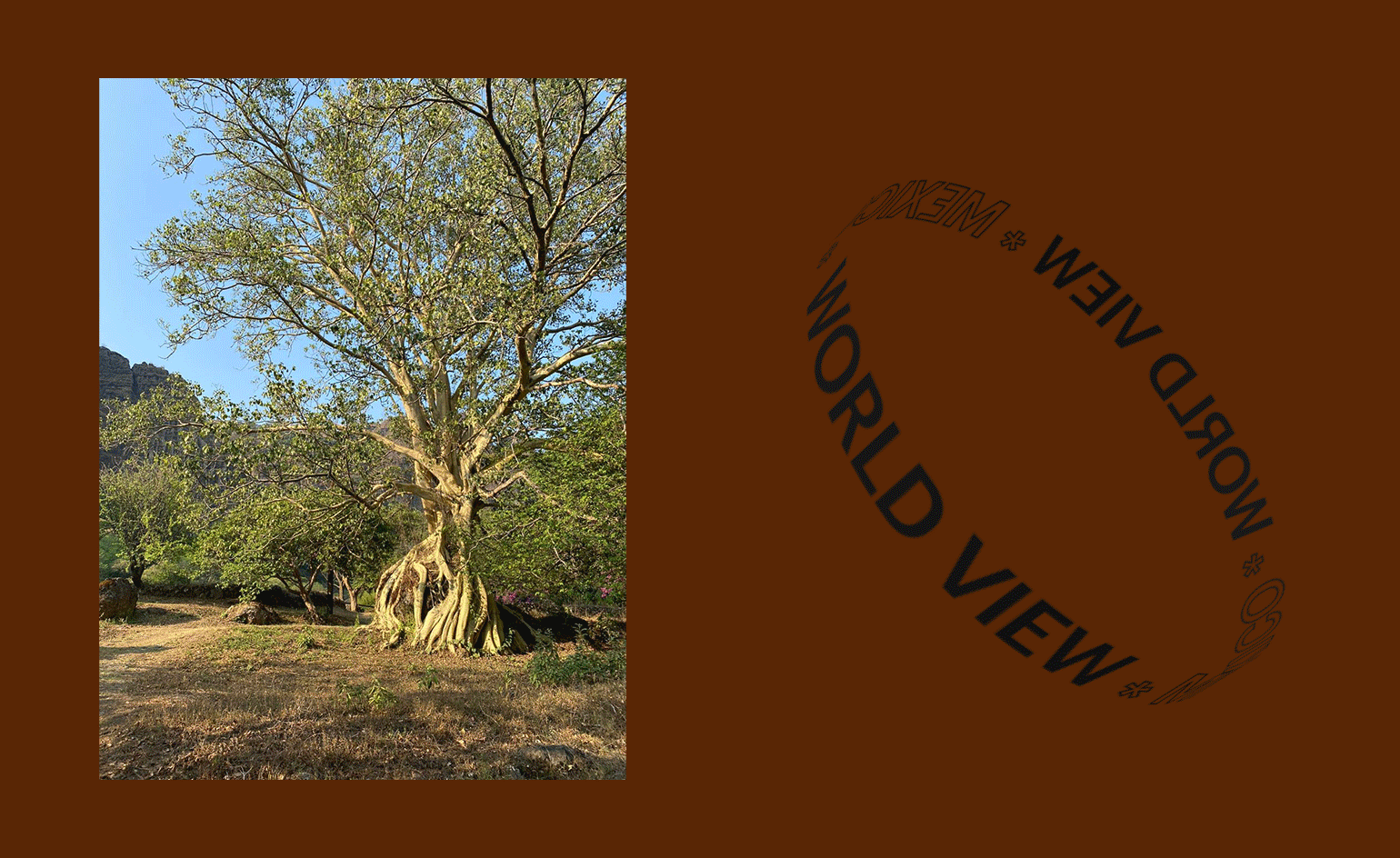
Molly Mandell
Fashion designer Carla Fernández’s enthusiasm for her current project is palpable – her ability to use fashion as an agent for change has her glowing. In the wake of Covid-19, she and her team quickly shifted gears from producing garments for purchase to face masks for donation. ‘Mexico is a country of masks,’ Fernández says of the nation’s deep history with the craft. ‘But traditionally our masks are made in wood and in leather, so it’s impossible to wear them as protection.’
In partnership with Mexico’s oldest beer brand, Victoria, Fernández is now fabricating upwards of 50,000 masks for essential workers, including those in the public transport and city sanitation sectors. The designs pay homage to ten different mask-makers in five states, who receive royalties from Fernández. Their production also ensures continued employment for the 170 communities that she normally works with to develop seasonal collections. Meanwhile, Fernández has moved to a community two hours outside Mexico City, along with her artist husband Pedro Reyes and their children. ‘I’m a very rural girl,’ she says with a laugh. ‘Fashion can be so fast that you often don’t have time for the things we do out here – exercise, cooking, being with our loved ones.’ She hopes that the experience of Covid-19 doesn’t accelerate automation and homogenisation, and instead champions a more local, neighbourly world.
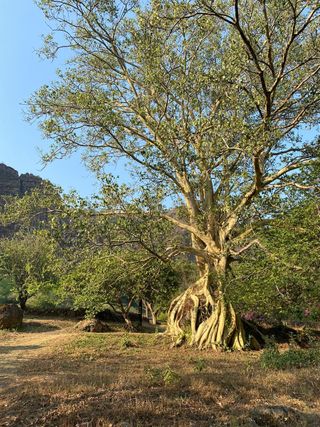
An image from a recent walk by Carla Fernández, who cherishes the opportunity to spend significant time away from her urban day-to-day
Similarly, French-born furniture and product designer Fabien Cappello took the opportunity to leave Mexico City, though with a more permanent twist. As an inevitable shutdown approached, he fast-tracked his plan to relocate to Guadalajara and join his boyfriend. ‘I truly did a quarantine move,’ he says. ‘I packed up two tons worth of belongings in my studio. The movers came with gloves and masks.’
Cappello won’t set up his new studio until it becomes safer to interact with labourers like electricians, but the current situation offers him extra time to make the transition. He continues to draw frequently and consider new collaborators. Fully aware that his ability to step away from work is a ‘huge luxury’, he tries to pay makers who can produce in isolation for small projects. Like Fernández, Cappello is a longtime advocate for diverse voices and identities, and remains hopeful that local talents will emerge in importance.
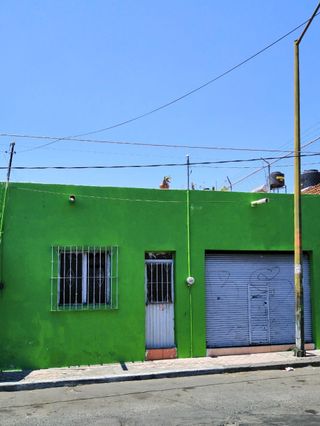
Fabien Cappello’s new studio in a vibrant, residential neighbourhood of Guadalajara
The Covid-19 crisis means a lot of cancelled projects for artist-designer Fernando Laposse, but the circumstances have provided him a welcome push to reassess priorities and focus on another side of his work – being in touch with nature and interacting with farmers.
Usually London-based, Laposse now has additional time to spend in his home country. He will soon leave for Tonahuixtla, where he makes a veneer material with heirloom corn husks. ‘I can rarely take a couple of months off to go and really oversee these projects,’ he says. He plans to build a workshop, participate in the corn harvest and formalise a local seed bank to help preserve native varieties of corn and traditional agricultural methods.
In the meantime, he is closely adhering to social distancing recommendations in Mexico City. Without a studio, he concentrates on other stimulating activities – pattern making, sewing, block printing and cochineal hunting for dye in a remote section of Chapultepec Park, to name a few. He relishes the pause. ‘I think this is going to persist long enough for people to really reconsider new ways of doing business and interacting with clients and customers.’
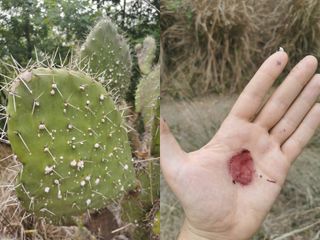
The difficult-to-find cochineal bug, which produces a colourful dye coveted by Fernando Laposse in his practice, and which he recently discovered in a secluded location at his local park in Mexico City
Architect Frida Escobedo shares a similar perspective. ‘This is a moment where we’re decentralising a lot of things so that we don’t just collapse,’ she explains. ‘But it’s going to be very important to return to an idea of collectivity, different networks and a solidarity that we’ve forgotten about.’
Escobedo had hoped that working at home would mean more free time, but hasn’t found that to be the case. ‘It’s related to having to re-learn your relationship with your own personal space,’ she says. Escobedo believes that the experience of balancing home and professional life plays into a greater learning curve. ‘We’re going to reevaluate everything, from distribution in families, to the way our domestic environment looks, to how we dress.’ No longer going to the office or attending in-person meetings, she has discovered that much of her wardrobe isn’t comfortable or practical. ‘Why was I buying these things?!,’ she jokes.
Wallpaper* Newsletter
Receive our daily digest of inspiration, escapism and design stories from around the world direct to your inbox.
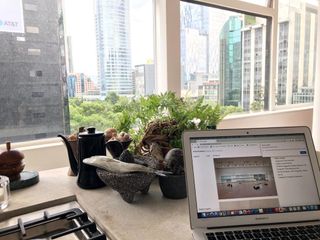
Frida Escobedo’s kitchen-cum-home office, where she faces the challenge of transitioning from face-to-face interactions to Zoom meetings with both her clients and team
For Isabel Abascal and Alessandro Arienzo, the couple behind architecture studio Lanza Atelier, the idea of work has shifted altogether. ‘We have the privilege of working in the most positive sense of the word,’ Abascal says. ‘We’re doing things that may not be profitable, but that broaden our practice.’ They have been drawing, redoing or adding to publications and updating their website. Looking through sketches, ideas and projects has proven very reflective. ‘It’s a nice time to wrap up our first five years and consider new or different things,’ says Arienzo.
For Abascal and Arienzo, maintaining a balance between being in and outside of the studio has always been crucial. Part of being outside, they say, is being at home, but with an eight-month old, their day has shifted dramatically. ‘We take a lot of family time during the day, and work in the afternoon or at night – always accompanied by a glass of wine or two.’ Covid-19 has pushed the world, from Mexico to the United Kingdom, into a state of flux, but these designers continue to adapt and all share a similar message. ‘When we are forced to stop, it’s almost impossible not to think,’ says Arienzo. ‘We can learn from this state of mind and feel the calm of just being.’
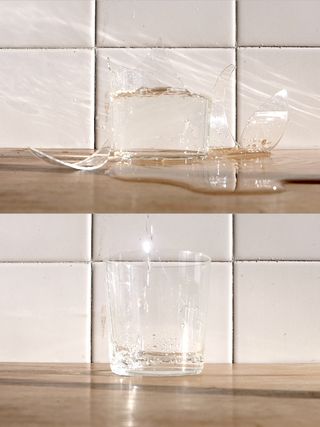
Screengrabs from Lanza Atelier’s video contribution to Contigo en la Distancia ('With You in the Distance'), a programme by Mexico’s Ministry of Culture to provide at-home inspiration
Read more from Wallpaper* World View
Letter from Milan Letter from Spain Letter from Middle East Letter from Japan Letter from South Africa Letter from Hong Kong Letter from Canada
INFORMATION
@carlafernandezmx, carlafernandez.co
@fabien.cappello, fabiencappello.com
@fernandolaposse, fernandolaposse.com
@fridaescobedo, fridaescobedo.com
@lanzaatelier, lanzaatelier.com
James Burke is an arts and culture writer and photographer based in Marfa, Texas. Together with Molly Mandell, he authored the 2018 book Made in Cuba and has contributed to the likes of The Los Angeles Times, Vogue Mexico and of course, Wallpaper*. Outside of editorial work, the duo is developing a multi-disciplinary residency program that provides a dedicated space to explore U.S.-Mexico border culture and the Chihuahuan desert through the lens of art, architecture, food, science and design.
-
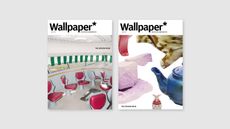 The Wallpaper* Design Issue comes with our Salone del Mobile must-sees
The Wallpaper* Design Issue comes with our Salone del Mobile must-seesThe May 2025 issue of Wallpaper* is on sale now, taking in Milan Design Week, the Venice Biennale, and a very stylish tea party
By Bill Prince Published
-
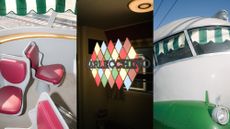 Aboard Gio Ponti's colourful Arlecchino train in Milan, a conversation about design with Formafantasma
Aboard Gio Ponti's colourful Arlecchino train in Milan, a conversation about design with FormafantasmaThe design duo boards Gio Ponti’s train bound for the latest Prada Frames symposium at Milan Design Week
By Laura May Todd Published
-
 The ultimate high-performance earbuds, courtesy of McLaren and Bowers & Wilkins
The ultimate high-performance earbuds, courtesy of McLaren and Bowers & WilkinsThe new Bowers & Wilkins Pi8 McLaren Edition continues a decade’s worth of cross-pollination between these two tech-focused British manufacturers
By Jonathan Bell Published
-
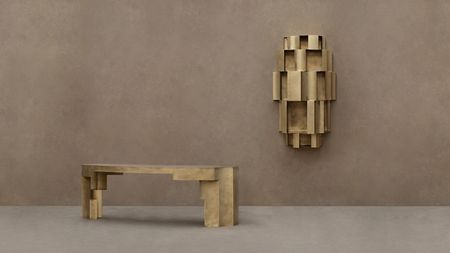 Mexican designers show their metal at Gallery Collectional, Dubai
Mexican designers show their metal at Gallery Collectional, Dubai‘Unearthing’ at Dubai’s Gallery Collectional sees Ewe Studio designers Manu Bañó and Héctor Esrawe celebrate Mexican craftsmanship with contemporary forms
By Rebecca Anne Proctor Published
-
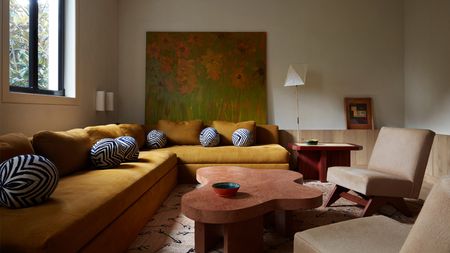 Tour an artistic Mexico City home by Giancarlo Valle
Tour an artistic Mexico City home by Giancarlo ValleAt an art-filled Mexico City residence, New York designer Giancarlo Valle has put his own spin on the country’s traditional craft heritage
By Dan Howarth Published
-
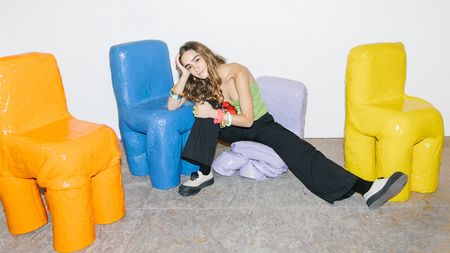 One to Watch: Sofia Elias’ squashy chairs and mini-sculptures bring unabashed fun to the fore
One to Watch: Sofia Elias’ squashy chairs and mini-sculptures bring unabashed fun to the foreMexican designer Sofia Elias practises joyful, playful design to reawaken the inner child in all of us
By Tianna Williams Published
-
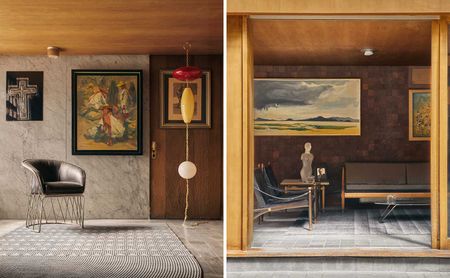 Pedro Ramírez Vàzquez’s home in Mexico City is the backdrop for Nilufar’s contemporary design exhibition
Pedro Ramírez Vàzquez’s home in Mexico City is the backdrop for Nilufar’s contemporary design exhibitionNilufar and cc-tapis take over the iconic Mexico house of Pedro Ramírez Vàzquez in collaboration with Studio 84, for an exhibition held during Zona Maco (until 11 February 2024)
By Rosa Bertoli Published
-
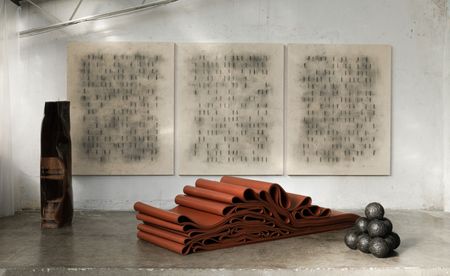 Masa Gallery launches inaugural Mexico City space with new solo shows
Masa Gallery launches inaugural Mexico City space with new solo showsBrian Thoreen and Mario García Torres’ solo shows (until 8 April 2023) inaugurate Masa Gallery’s permanent new home in the heart of Mexico City
By Hannah Silver Published
-
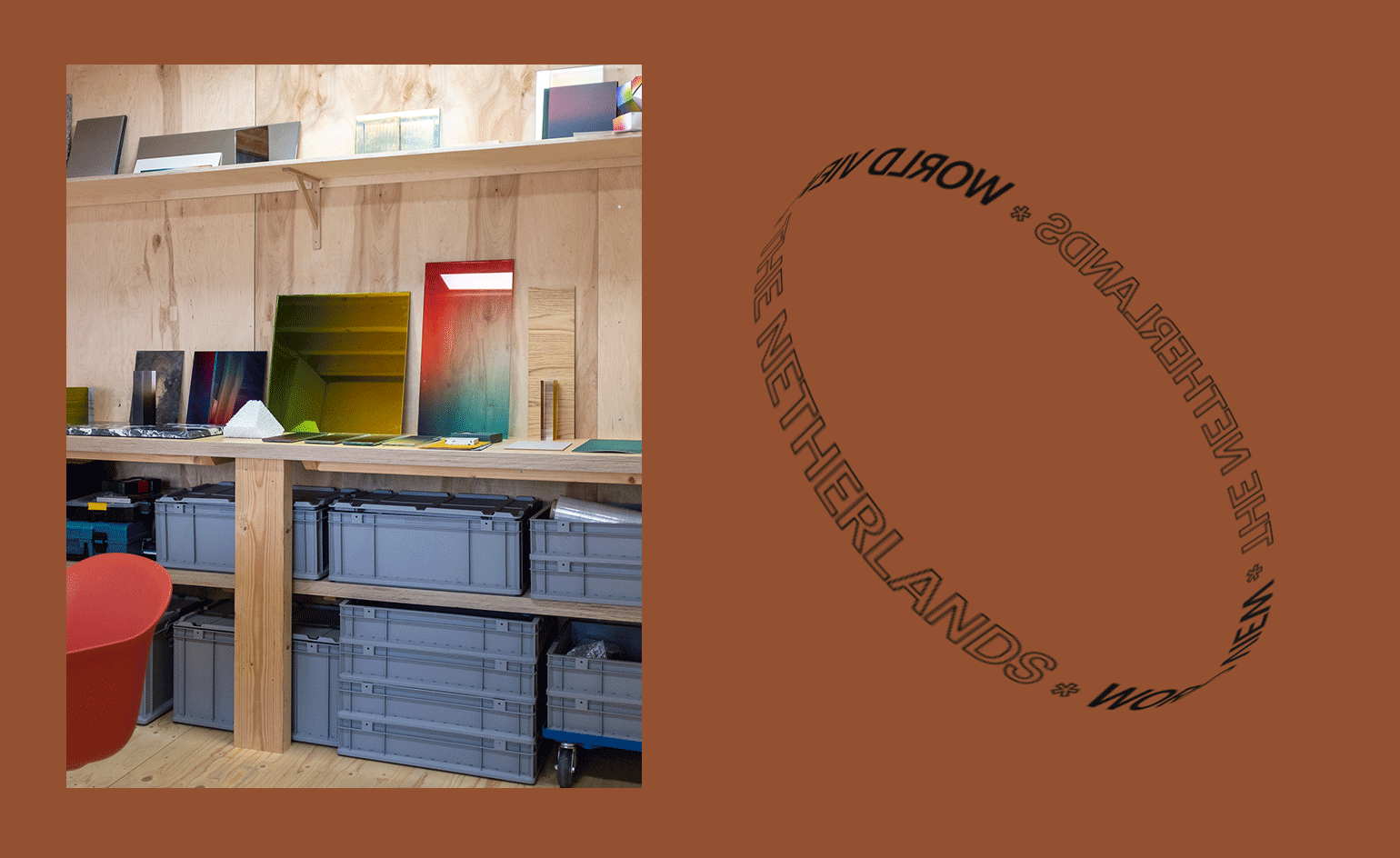 World View: Letter from The Netherlands
World View: Letter from The NetherlandsOur World View series shines light on the creativity and resilience of designers around the world as they confront the challenges wrought by the Covid-19 pandemic. Working with our international contributors, we reach out to creative talents to ponder the power of design in difficult times and share messages of hope. Dutch designers have taken the opportunity to reset and move towards a more sustainable future, writes Yoko Choy from Amsterdam.
By Yoko Choy Last updated
-
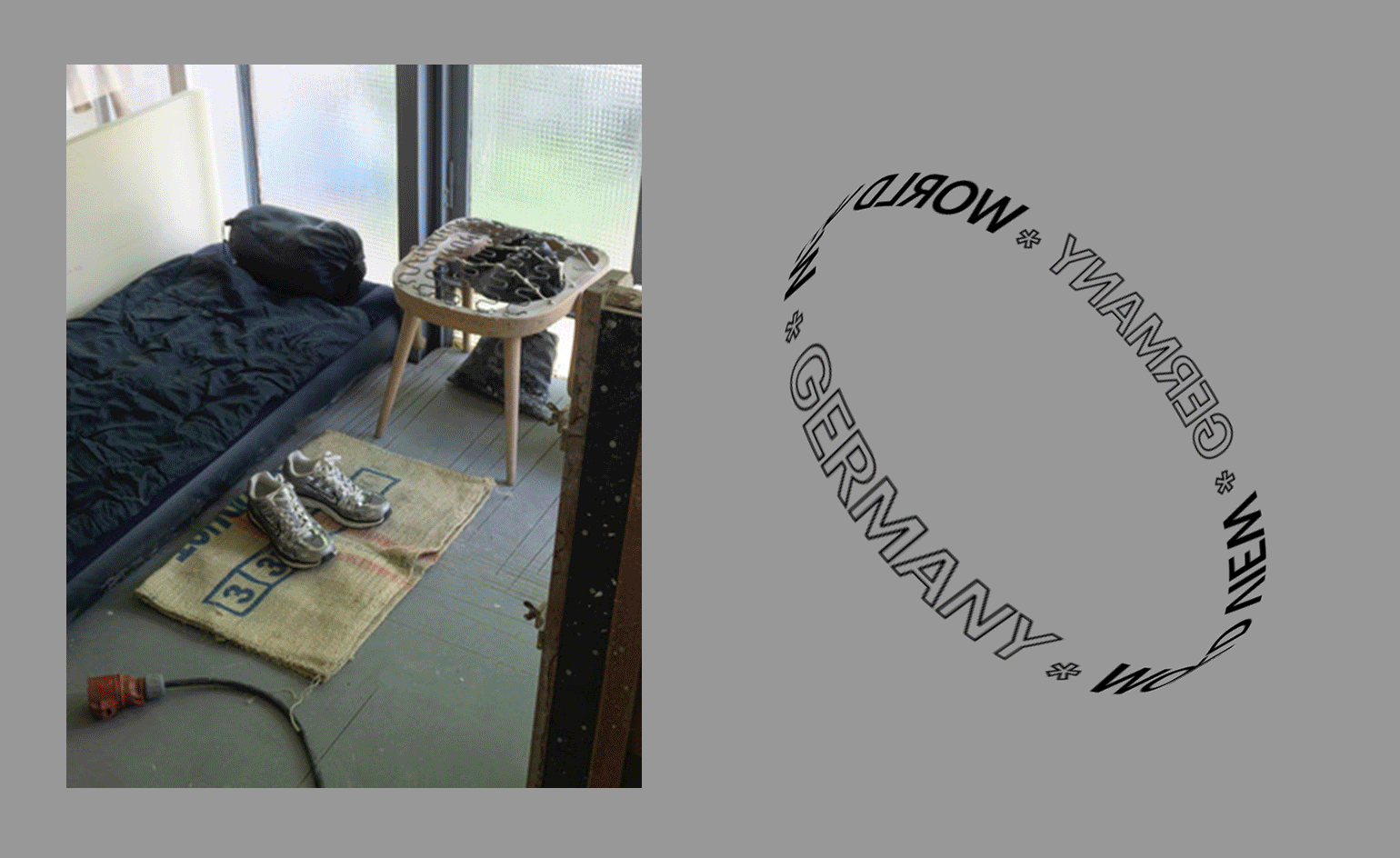 World View: Letter from Germany
World View: Letter from GermanyOur World View series shines light on the creativity and resilience of designers around the world as they confront the challenges wrought by the Covid-19 pandemic. Working with our international contributors, we reach out to creative talents to ponder the power of design in difficult times and share messages of hope. In Berlin, designers have embraced the slower pace of life and developed a stronger appreciation for community and environment, writes Emily McDermott MORE FROM WALLPAPER* WORLD VIEW
By Emily McDermott Last updated
-
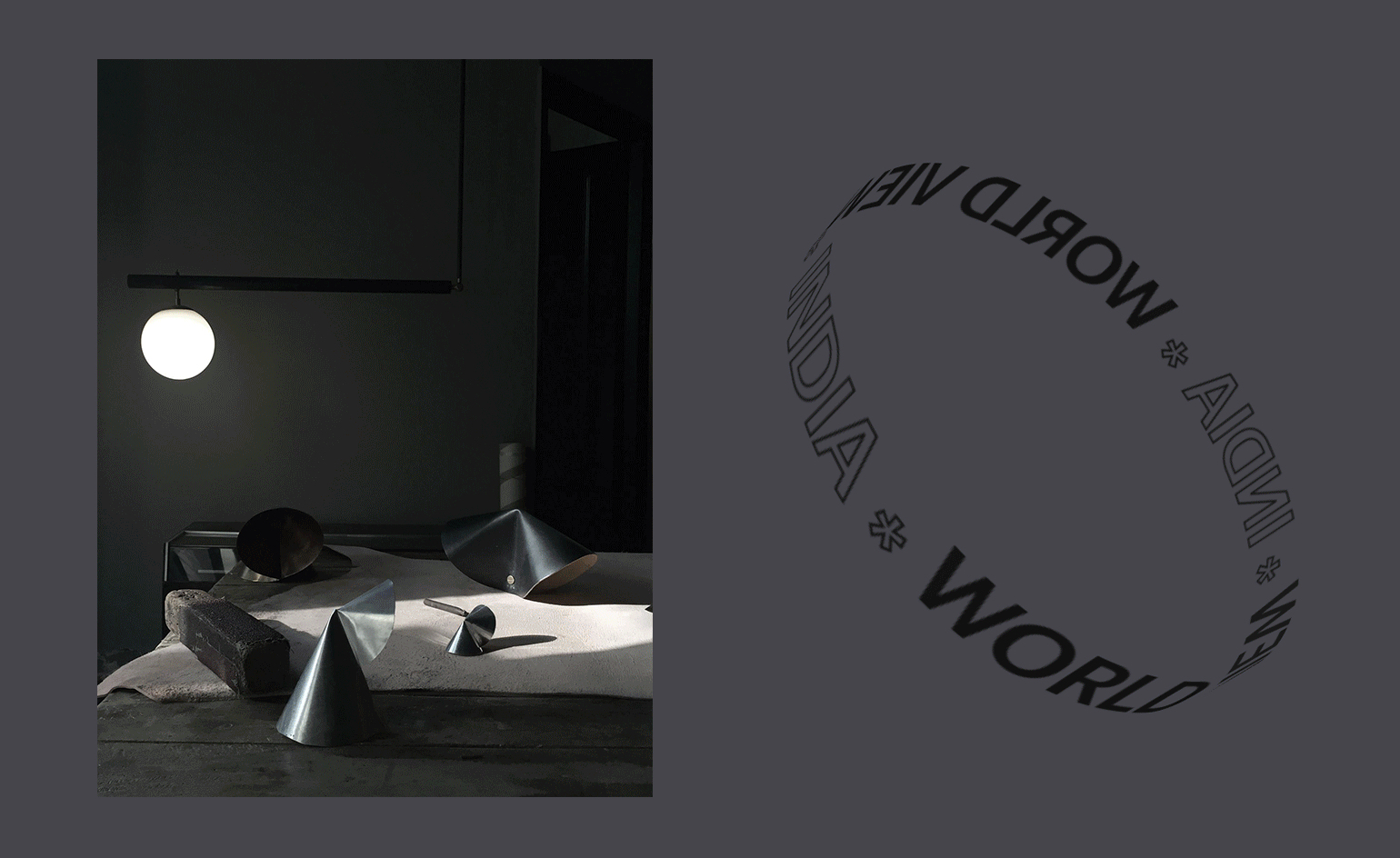 World View: Letter from India
World View: Letter from IndiaOur new series shines light on the creativity and resilience of designers around the world as they confront the challenges wrought by the Covid-19 pandemic. Working with our international contributors, we reach out to creative talents to ponder the power of design in difficult times and share messages of hope. In Mumbai, Bangalore and New Delhi, studios and designers have been connecting with team members through craft, while stepping back to appreciate local sources, writes our design editor, digital, Sujata Burman
By Sujata Burman Last updated